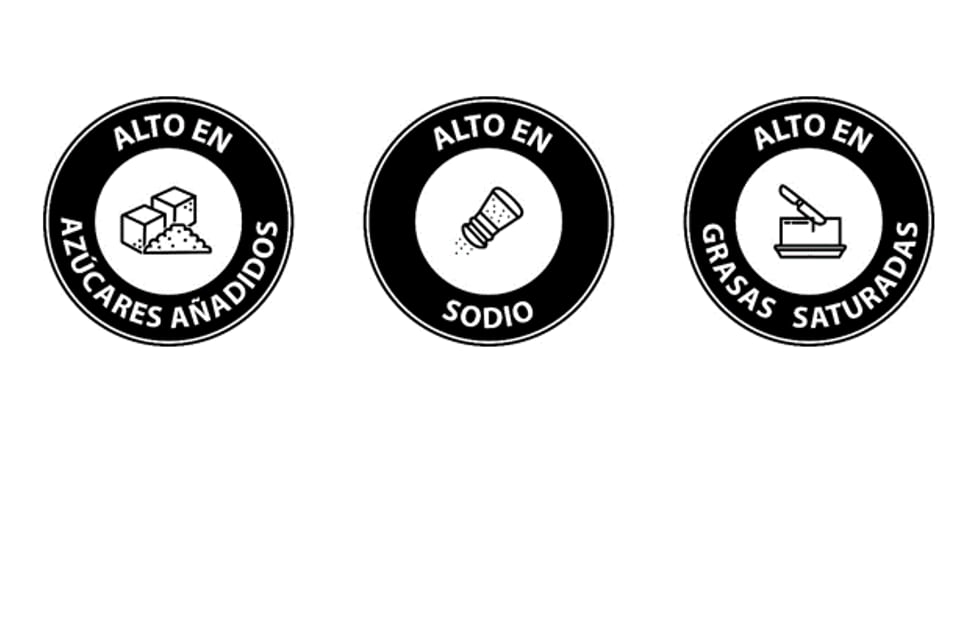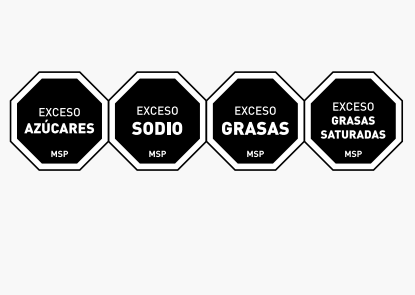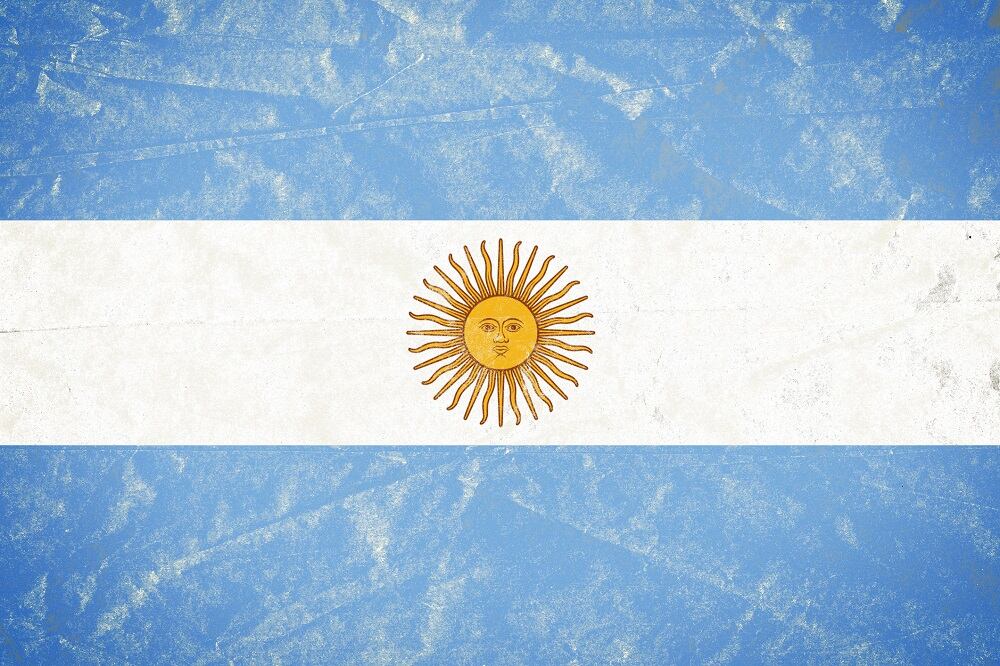The warning label, which was presented by Colombian president Iván Duque Márquez last week, took a year and a half to develop, during which time stakeholders analyzed graphic models and nutrient thresholds from around the world and other Latin American countries.
“The front warning seals will be black, circular in shape, and will present a warning about products high in added sugars, salt, and saturated fats,” said the government in a statement. “[It] was adopted within the framework of current country regulations and international standards on the subject.”
Unlike the warning labels in use in Chile, Peru, and Uruguay, the Colombian model adds a visual representation of sugar, salt, and saturated fat. However, detailed information on specific nutrient thresholds, category exemptions or a copy of the draft regulation have still not been made public.
Food manufacturers will also be allowed to add positive nutrition labels to the packaging of products that meet certain nutritional criteria while the nutrition contents table will be simplified, said ANDI, the trade association that represents the interests of Colombian food manufacturers.
The president of ANDI, Bruce MacMaster, welcomed the agreement. “Citizens have the right to have complete, clear and truthful information, and the industry is convinced of this purpose,” he said. “We have always been in favor of […] best practice for consumer information, and that these are applied in Colombia.”
ANDI: 'An informed consumer makes better decisions'
Luis Felipe Torres, executive director of the beverage industry chamber of commerce, said the agreement demonstrated the positive and constructive dialogue between all parties.
“The regulation’s main objective is the consumer,” he tweeted. “An informed consumer makes better decisions. That is why the regulation must be based on characteristics of the Colombian [public] and not on external models.”
Consumer rights organization Red PaPaz, which led the consumer campaign for clearer front-of-pack nutrition information, called on the government to implement the resolution urgently within 12 months.
Eugenia Muinelo, manager of regulatory affairs at Buenos Aires-based consultancy EAS Strategies said the model made public by the presidency looks similar to the one discussed in other markets such as Israel and the Central American System of Economic Integration (SIECA).
Over-simplifying critical nutrients?
However, Muinelo questioned whether the visual representation would benefit the consumer in terms of understanding the nutritional content.
“It is more visual, yes, but in the other hand it reduces the concept of sugars to a sugar cube, fats to butter or spread fats, or salt as the one added to food by the consumer. In my opinion, it could simplify the concept of those critical nutrients added during the manufacturing of the product. It would be key to educate consumers about those differences."
The logo also takes Latin America one step further from a harmonized nutrition label, Muinelo warned.
“The main issue around this proposal is that, once again, a new scheme would be introduced in the region, and the same products would be bearing different schemes, instead of simplifying one scheme for the entire region, which foresees cultural similarities,” she added.




